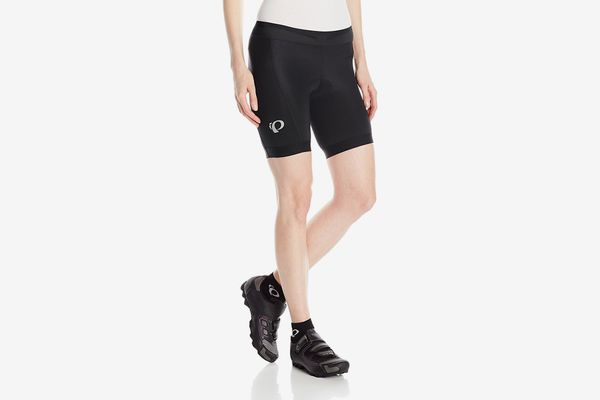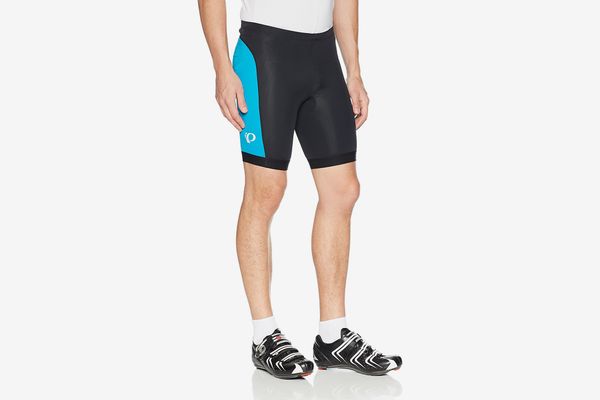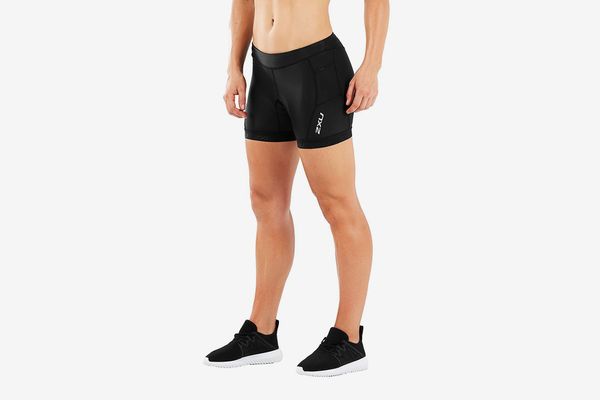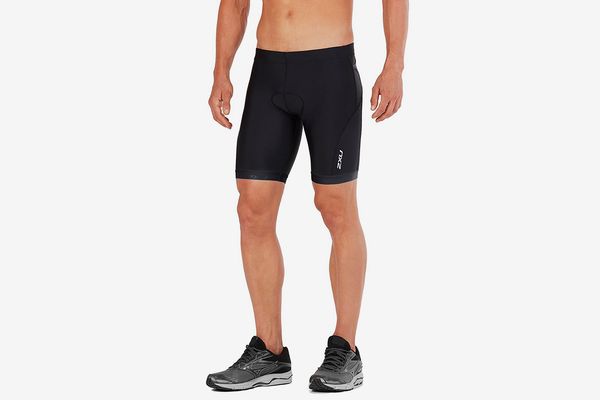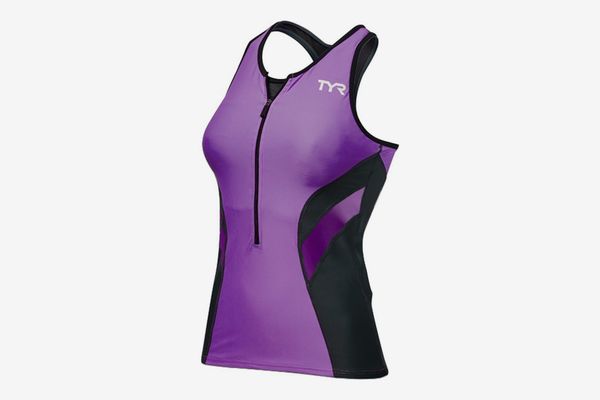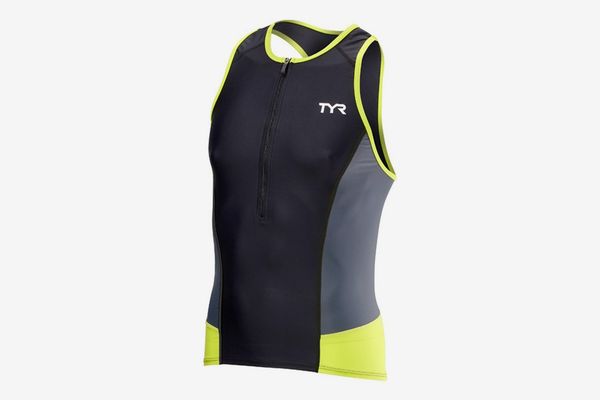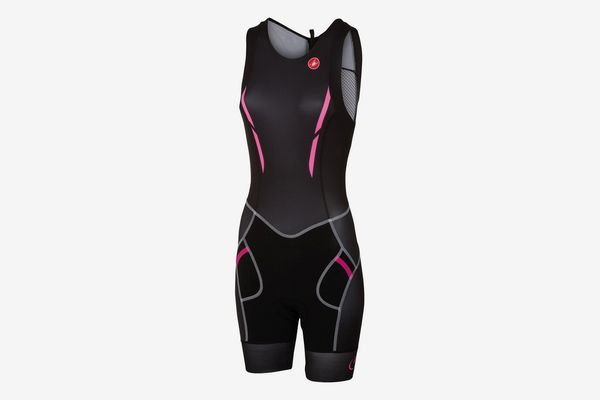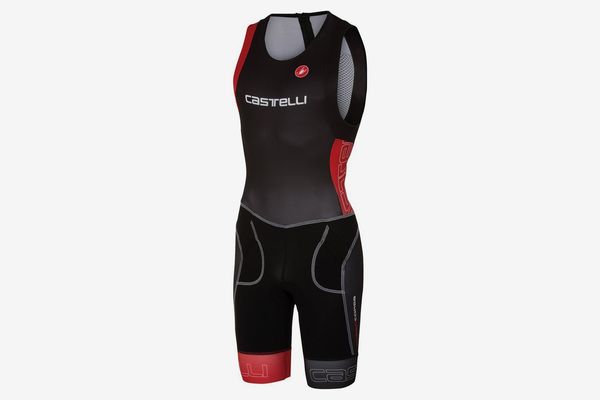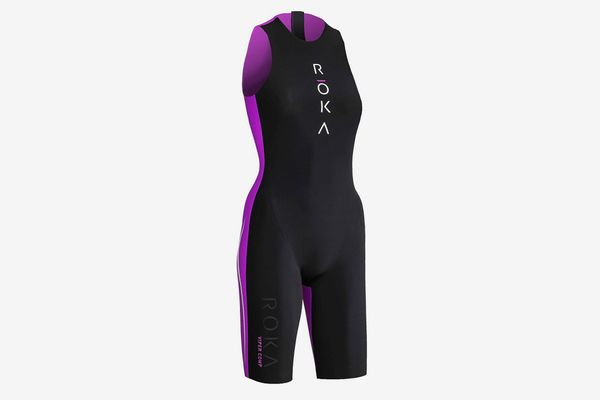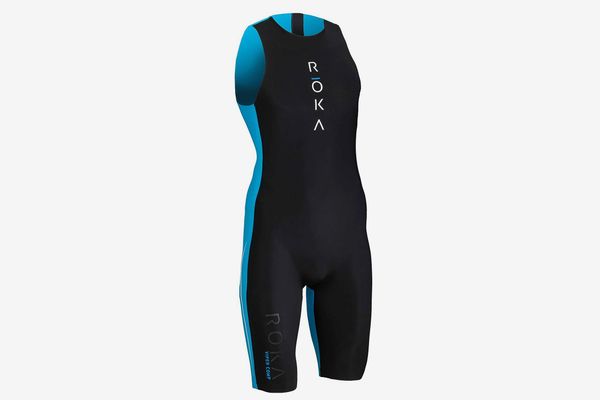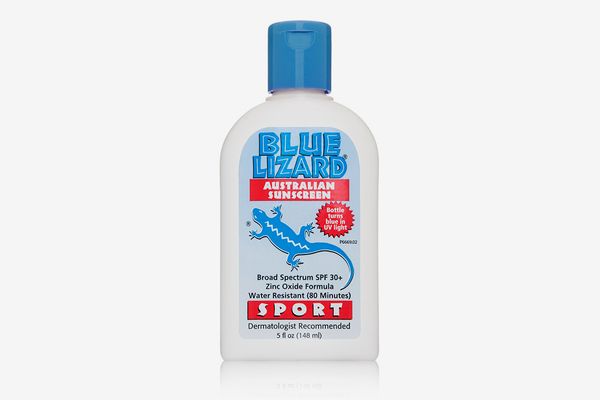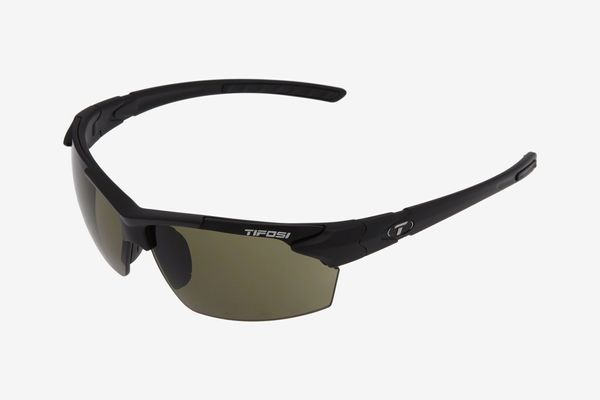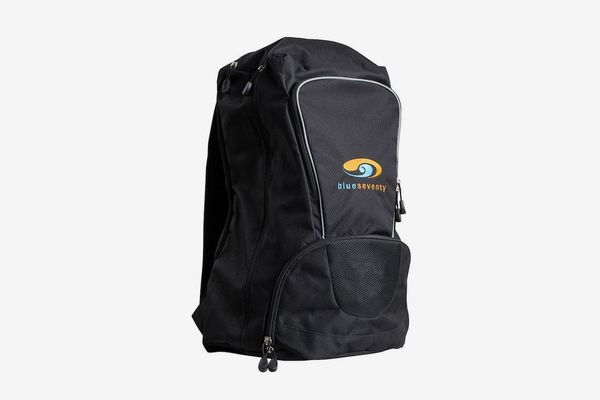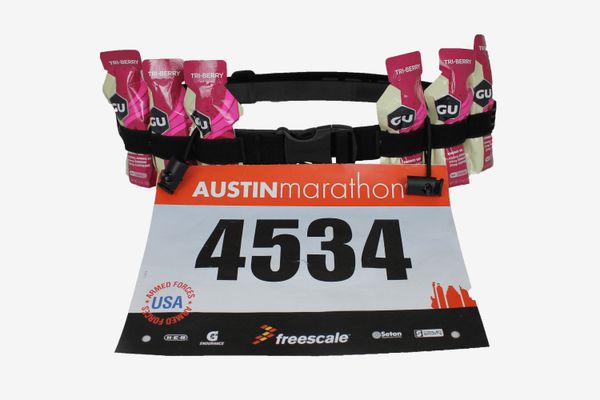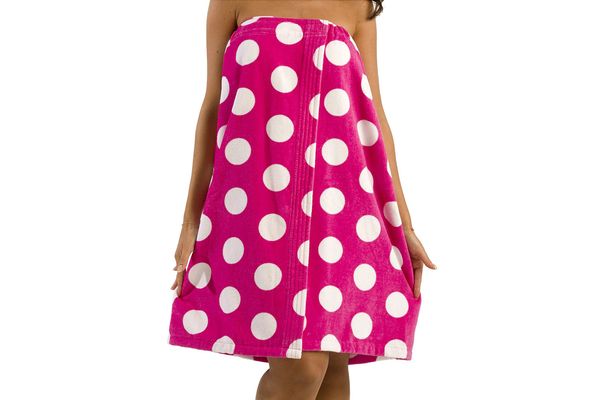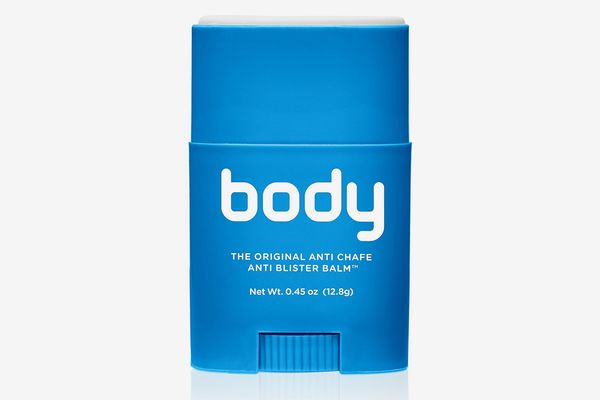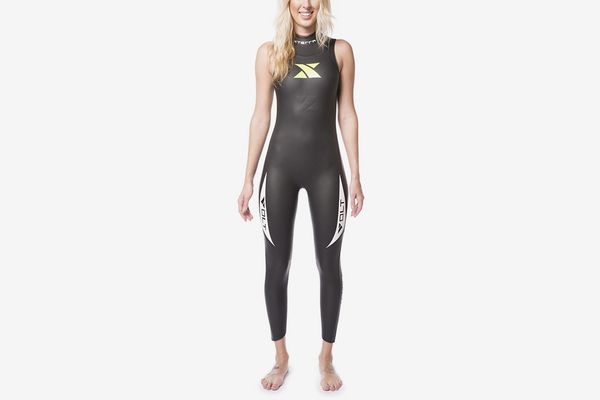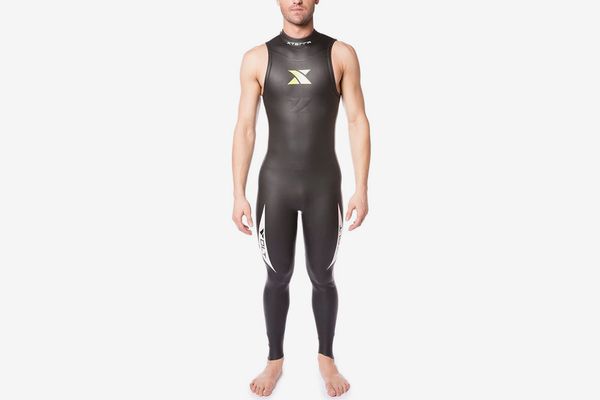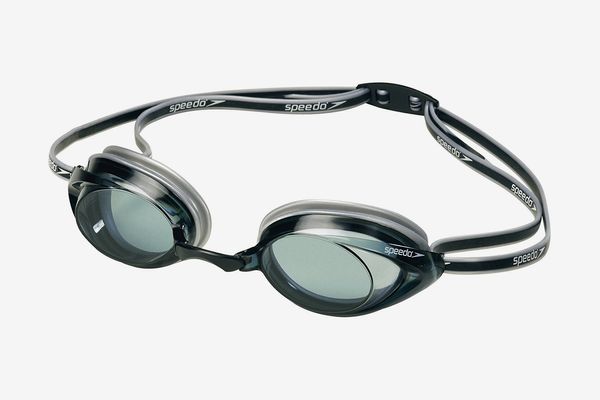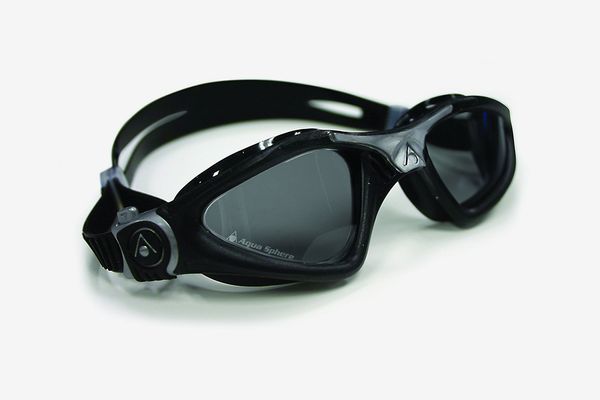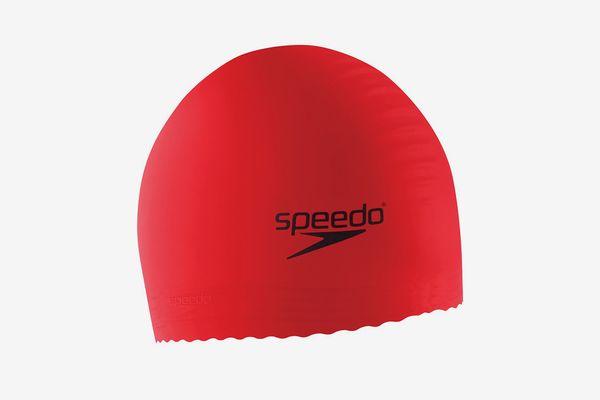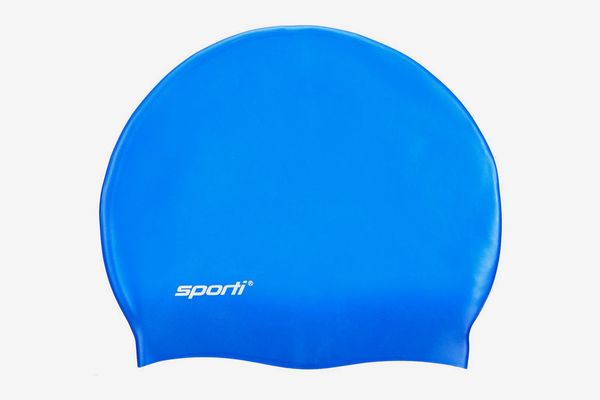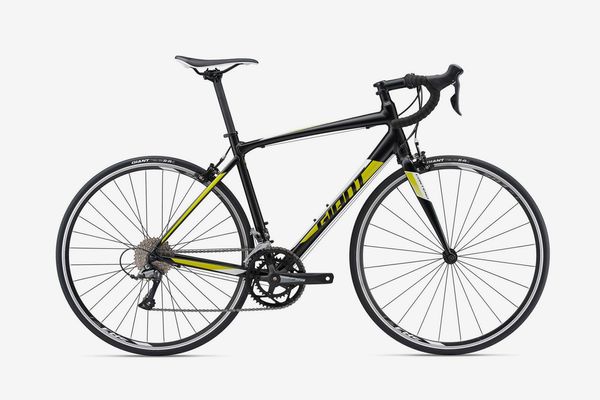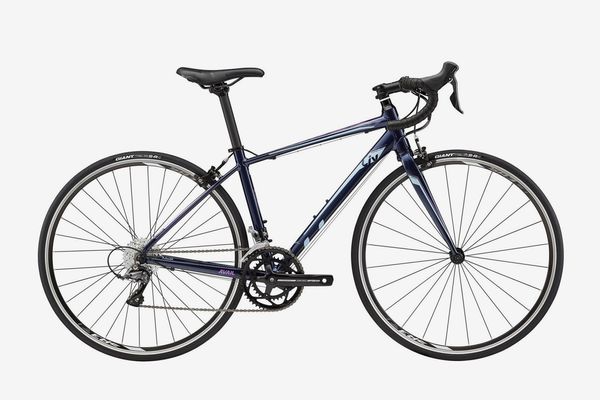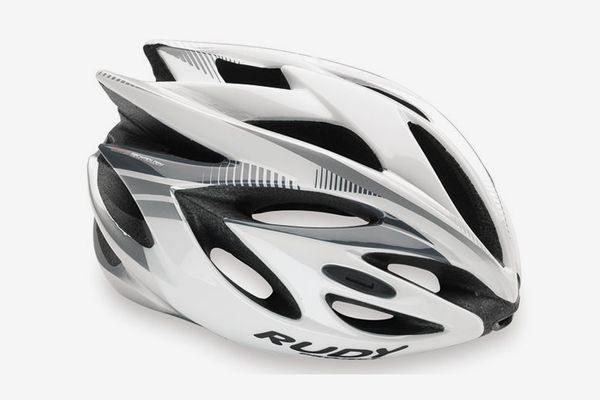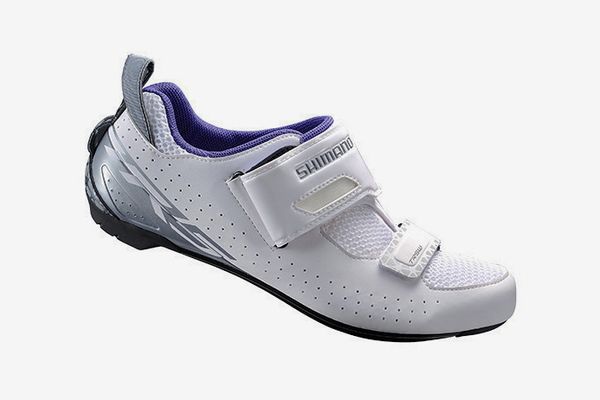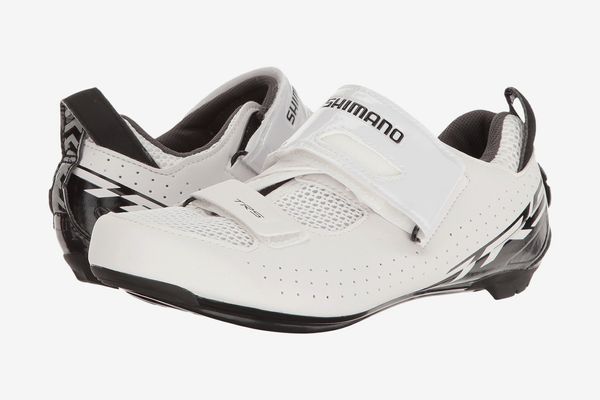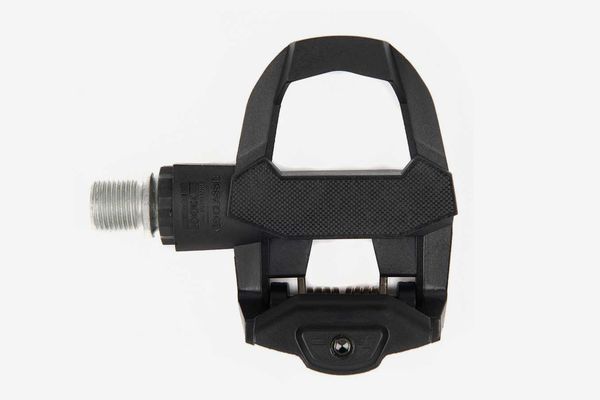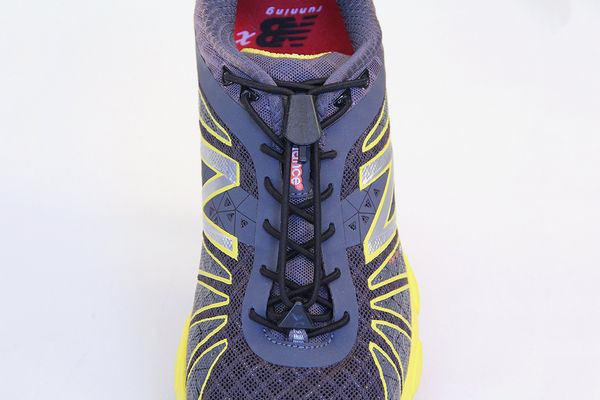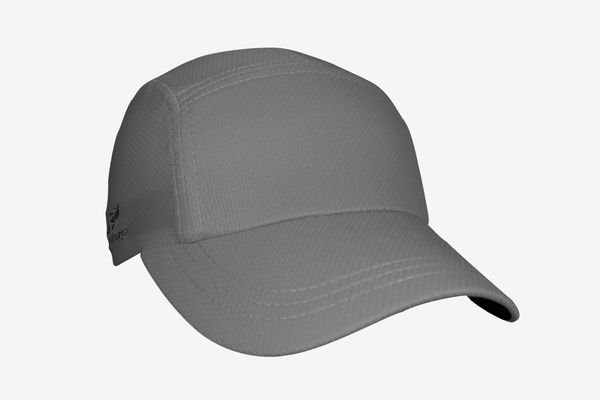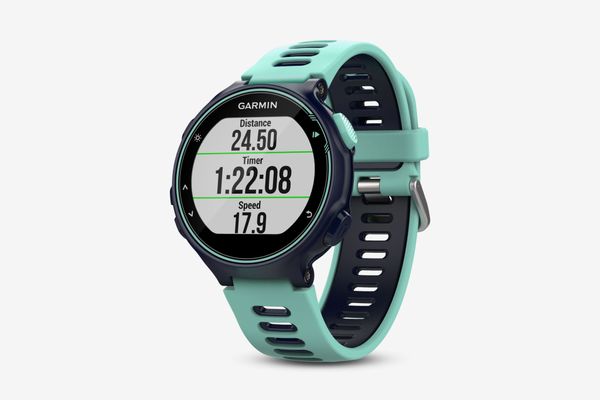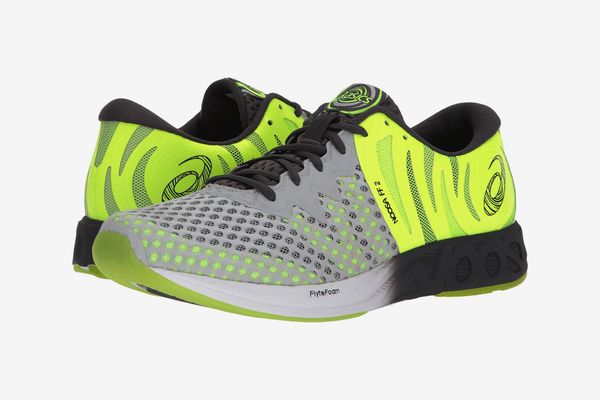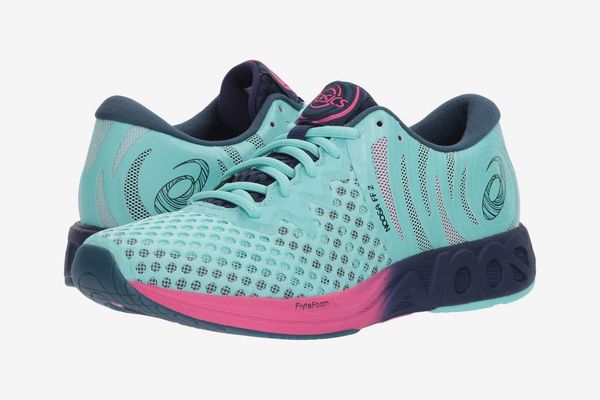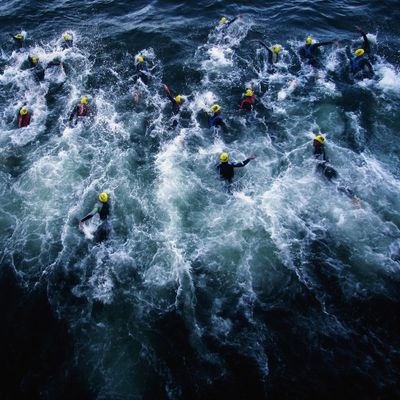
It’s not surprising that participating in a triathlon can get expensive quickly since you’ll need gear for three sports — swimming, cycling, and running. According to Christine Frietchen, a board member of the Brooklyn Tri Club who has completed more than 50 triathlons, “There’s a real misconception that to even start in triathlon you need to spend thousands,” but beginners can easily acquire some solid, entry-level pieces without breaking the bank. We spoke to veteran triathletes and coaches to find the best triathlon gear for beginners: What’s essential, what’s worth splurging on, and where you can save.
“If there’s one piece of gear to invest in, it’s the shorts,” said Earl Walton, owner and head triathlon coach at Tailwind Endurance cycling studio. “You’re going to swim in them, so they have to shed water; you’re going to ride in them, so they have to have some padding on your tuchus; and you’re going to run in them, so they need to allow for free movement.” Compared to traditional bike shorts, triathlon shorts dry quicker and have a thinner layer of padding, so they feel less bulky when you’re off the bike. Frietchen recommended Pearl Izumi’s affordable shorts that come in both men’s and women’s versions.
“Get tri shorts right away and train in them from the beginning,” said Danny Artiga, head coach at Trilatino Triathlon Club. “You will be ready for race day and have a smoother experience.” He likes 2XU for their basic takes on triathlon essentials.
Like tri shorts, a triathlon top can be worn for all three stages of the race. These are usually very tight-fitting to fit under wet suits, so pay attention to sizing charts if you prefer a looser fit. Women’s versions should include a built-in bra. It’s convenient to not have to worry about any outfit changes, but you can also save money by swimming in a sports bra (for women) or shirtless (for men) and throwing on a regular athletic top once you’re out of the water.
Another option that will get you through the whole race is a one-piece tri suit. Alison Kreideweis, co-founder and head coach of the Empire Tri Club, has been competing in triathlons for 18 years (she’s a two-time member of Triathlon Team USA) and recommends this model from Castelli: “It’s comfortable, doesn’t rub or chafe, flattering — no muffin top — and lasts a long time. I’ve had mine for about eight years and it’s still in good shape.”
Elite triathletes choose Roka’s high-end suits that are engineered for speed and aerodynamics. Walton said the brand makes great pieces for beginners as well — like these under-$100 tri suits.
Sunscreen is an all-day essential for triathletes. Choose a water-resistant, broad-spectrum sunscreen that will stay on even as you sweat. Blue Lizard’s sport sunscreen is water-resistant for up to 80 minutes (leave a bottle with your cycling gear for reapplying after the swim), and it has zinc oxide, a powerful, physical sun blocker. It’s also a top choice of dermatologists.
Protecting your eyes from the sun is equally important, and sunglasses can also keep objects from flying into your eyes while you’re riding on the bike. Any sunglasses that will stay on your face when you’re cycling and running will be fine. As a runner, I’m partial to these Tifosi glasses, the only ones that don’t bounce around on my face.
If this is starting to sound like a lot of stuff, that’s because it is. You’ll need a bag to carry everything to the race and to stash your sport-specific gear in the transition areas between stages. Buying a special bag isn’t essential — Walton admits that he often grabs one of his wife’s canvas totes before a race — but if you do, Kreideweis uses this BlueSeventy bag “because it has lots of compartments, including a space for your helmet and a separate compartment for your wet suit and swim gear.”
Runners may be used to just pinning their race bib on their clothing, but this isn’t convenient for triathletes who may be changing outfits mid-race or putting their number on for the first time after the swim. Attach your number to a race belt for a quick and easy transition. This one has space to store energy gels or bars for longer races.
Before the race starts, you’ll store a towel with your bike for drying off when you get out of the water. This is something you can grab from home, but as a tip, Kreideweis recommends “something bright-colored, so you can easily identify your transition area amid the sea of bikes and people.” We recently wrote about this bright, and popular on Amazon, towel that has Velcro closures in case you want to make a quick change underneath.
All of the triathletes and coaches I spoke with agreed that some form of lubricant is a must-have to prevent chafing from wet suits, and all of that fitted gear that can rub against and irritate your skin. Inexpensive and easy to find, Body Glide is a favorite of many athletes, including TriLife head coach Ross Galitsky, who said, “It’s easily applied, and the deodorant-like plastic enclosure keeps hands free of the substance, so no need to wipe or wash hands, lessening risk of getting it into eyes or goggles.”
A wet suit, which keeps you warm in cold waters and helps with buoyancy, can set you back a few hundred dollars if you go for a high-end model, but there are quality wet suits under $200. “I tell people to buy a sleeveless wet suit,” said Walton. “It’s cheaper, and for new swimmers, more comfortable, since it’s not such a drastic change from what they’re used to.” Wet-suit sizing can be tricky, so if you’re buying online make sure you have the option to return or exchange. “Wet suits should fit snug and be a little tough to get into,” said Patrick Hammond, coach and co-founder of Educated Running.
Goggles, Frietchen said, are “probably the cheapest piece of tri gear. As long as they fit, anything will do. Consider going with tinted lenses, as you’ll likely be swimming in early morning sun. It seems like just about everybody starts with a pair of Speedo Vanquisher goggles.” To find the right fit, Hammond said, “look for ones that don’t put too much pressure on your head, but have the ability to stay on your eyes without the straps for five or more seconds. This means water shouldn’t seep though.”
While you don’t have to spend a lot on goggles, it’s very important to find one that fits. Artiga said, “As a beginner, you have to get used to wearing goggles. They are foreign to your face. You must get comfortable and find a style that fits your individual face and head. It is about testing, trial and error. You might have to try out a few before you find the right fit.” If the popular Speedo goggles aren’t the right ones for you, Walton said Aqua Sphere goggles are very comfortable.
If you stick with triathlons, you’ll quickly acquire a cache of free swim caps. Races give out color-coded ones to help officials identify swimmers in the water. Until then, “you can get away with any cap for training,” according to Kreideweis, like this $5 one from Speedo.
Frietchen said she prefers silicone caps — here’s one for only $3 — over latex because they snag less on long hair. They’re also an option if you’re allergic to latex.
Since your bike will likely be your priciest piece of triathlon gear, most of the experts I spoke to recommended simply riding any bike you have access to — even a beach cruiser or an old mountain bike — in your first race before you decide to buy. Artiga said, “As a beginner, you should not break the bank or commit to an expensive triathlon bike at first. This is the time to learn the basics. As you progress you can invest in a better, more competitive bike.”
If you do want to buy a bike, Walton recommended looking for something in the $300 to $800 range that you’ll be able to use outside of races, for commuting or leisurely riding. Frietchen recommended checking out the Giant Contend 3 road bike for men and the similar Liv Avail 3 for women, both comfortably within that range. “You’ll get lots of use out of a road bike,” she said, “and you can always buy accessory ‘aero bars’ that let you get into that scrunched-up, elbows-down position you’ve seen on TV.”
“There are two types of cyclists,” said Walton. “Those who have crashed and those who will.” Therefore, helmets are one of those items where it’s worth spending a little more. To ensure that your helmet is the right size, Hammond said, “it should stay put unstrapped when you tilt your head down and shake it a little. If it falls off, it’s too big.” Kreideweis said the Rudy Project Rush model “is a great entry-level helmet. Safe, ventilated, and with adjustable straps to ensure a perfect fit.”
If you dropped a good portion of your budget on a helmet, it’s totally fine to skip clip-in shoes (think the kind you rent in spin class) for your first race. Experts agreed, though, that they’re worth investigating if you decide to do more triathlons. Kreideweis said, “As you become more confident on the bike and more invested in the sport, look for a bike shoe that is ‘tri specific.’ Triathlon shoes lead to faster transitions because they typically have one big strap instead of lots of buckles to fasten, which makes for quicker transitions.” She and Walton both said that beginners should look for cycling shoes with plastic or composite soles, which are more affordable than the carbon-soled shoes favored by competitive athletes. She called these Shimano shoes “perfectly suitable for a beginner triathlete.”
Switching to clip-in pedals doesn’t require a new bike — just new pedals. Look Cycle makes a basic, affordable pedal if you don’t want to spend hundreds on an ultralightweight carbon one with a built-in power meter (although they do sell those, too, when you’re ready to go big).
Stick with your normal running shoes for the run portion of the race, but take Frietchen’s advice and “consider spending $8 on a pair of speed laces — elastic shoe laces that let you slip on your shoes without having to take the time to tie them.” Kreideweis seconded the recommendation for Yankz! no-tie laces: “In a triathlon, you do not have the best fine motor skills, so a seemingly basic task like tying your shoelaces can seem quite difficult. Plus, its a very inexpensive way to make up some time in transition.”
A hat or visor will keep the sun off your face while running, and can come in handy on a rainy day. Headsweats are a favorite among athletes because the terry-cloth band around the brim absorbs sweat before it can drip into your eyes.
Wear the Garmin Forerunner 735XT, a multisport GPS watch, to keep an eye on your time throughout the race. Steph Willett, a triathlete and team manager of the Volée global community of female runners, likes that, for a watch with so many features, “it’s light, fairly intuitive, and doesn’t look like a calculator on my wrist.” Not a necessity, but good to have if you’re aiming for a specific time.
Shoes designed for triathletes, like the Asics Noosa, have a few advantages over regular running shoes: The material around the foot is thin and seamless, so they can be worn without a sock (one less thing to worry about during transition) and water drains out quicker, so you can throw them on right after the swim for the rest of the race.
The Strategist is designed to surface the most useful, expert recommendations for things to buy across the vast e-commerce landscape. Some of our latest conquests include the best women’s jeans, rolling luggage, bed sheets, coffee makers, and bath towels. We update links when possible, but note that deals can expire and all prices are subject to change.
Every editorial product is independently selected. If you buy something through our links, New York may earn an affiliate commission.
